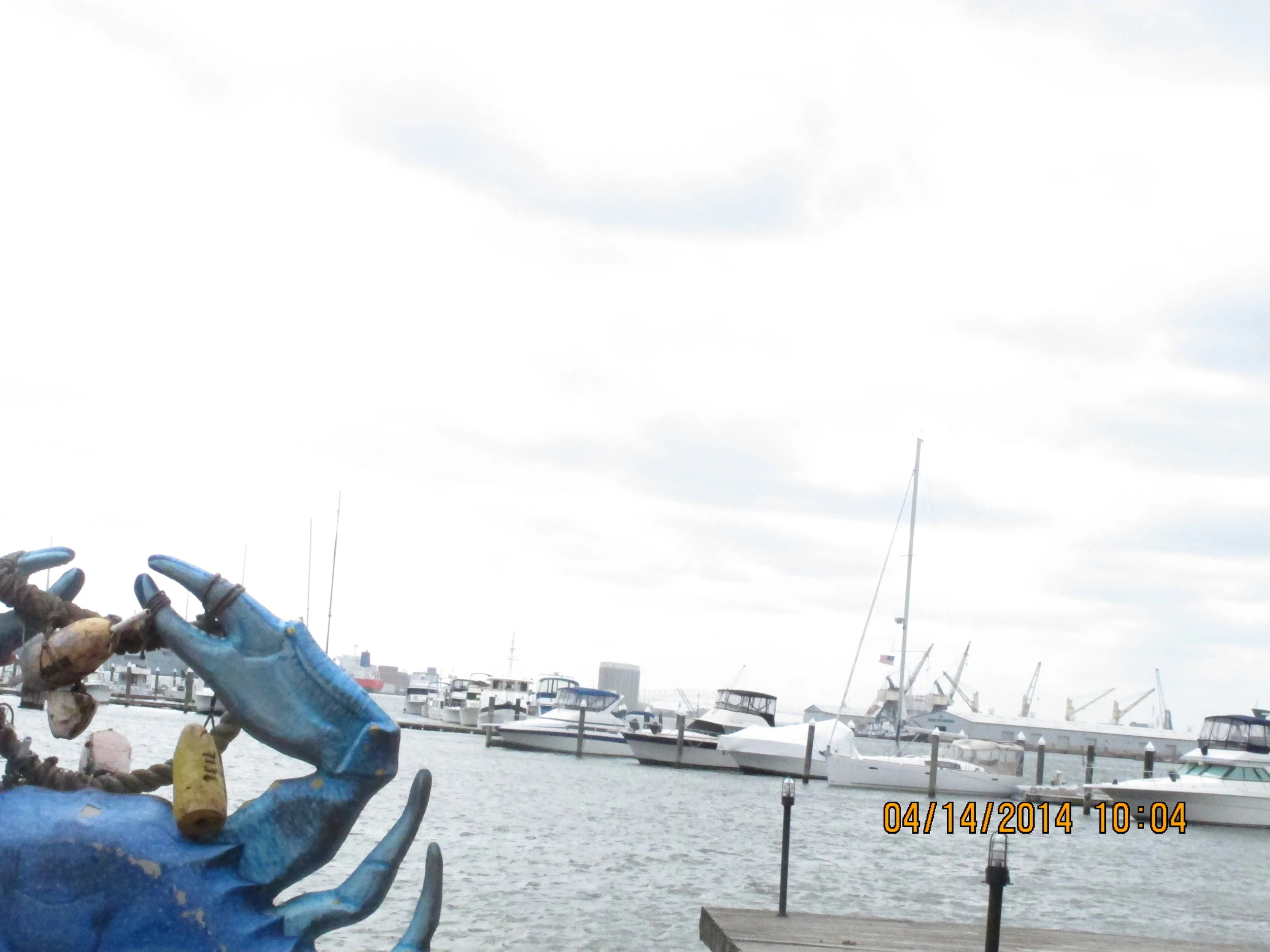So I went to the back lot of our building and met Minh in the dark. A couple who lived across the lawn showed up too - the guy’s an architect and the woman teaches middle school. They were of course both locked into routines of drafting floor plans and lesson plans from home these days.
We exchanged hellos and nods and followed Minh’s raised and lowered arms as he guided us through a warmup gantlet of jumping jacks, skips, bends and pushups. Then came the “WOD,” the workout of the day, which ran on a loop unlike the peak and step-down of a morning run. You did something dozens of times: bend your knee while holding a dumbbell, squat and slam a puckered ball on the ground. You learn the quirks of the equipment: the difference in heft across 6, 8 and 10-pound balls, the spacing of the balls’ perforations, the gravity of an iron kettlebell increasing below your knees much faster than just above your knees. The precision squeezes out the abstraction.
For a stretch, it was just the middle school teacher and I meeting at 6 am in the dark with our masks on, under the grey scaffolding beams behind our brick building. Her twins are a year older than my daughter. We both had greyer hair than we used to and a habit of wisecracking on especially hard exercises. The kids’ styrofoam noodles were nowhere in sight. In one class, at about 28 degrees and sleeting, we huddled under scaffolding and executed the “Century Club.”
That’s, as Minh had whispered with his wheedling staccato and his fixed eyes, 100 reps of a list of exercises. We did chinups, pushups, and of course slamballs with our gloves chafing our hands and our masks scratching our faces. After a while, the count syncopated with a pause to huff and puff four times. But more than halfway through, you know you can finish and you can start paying more proximate attention to your form. It started to occur to me that even when these Covid rhythms eased, something else would spin off kilter. Every minute since spring had shown me something that tempted me to spit - that fall, it was seeing twentysomethings drink in bars while the mayor padlocked the city’s public schools. With reps rather than range as my guiding metaphor, I started thinking of responses I could mete out by the minute.
As with becoming literate, or reliable at slicing scallions so their flavor seeps into rice, or turning a wrench on a spigot, so it goes with destabilizing the biosphere. We got into climate chaos by repeatedly pouring extra carbon to hang heavily in the air while repeatedly hoping that someone - a physicist! A celebrity! Al Gore!- would unroll a ladder to lift us above our habits. And we will get out of it by repeatedly leaving things on the supermarket shelf, repeatedly leaving the car at home (maybe to charge), repeatedly reading the electric bill to see where using power from the sun would pay off at once, repeatedly asking our insurance agents and our town councilmember what’s going on with the floodline. Too much carbon has built in the atmosphere for anyone to erase it. We can instead hold it in place and shrink its effect, day after day after day after day, sometimes clumsily but always again.
Minh never tells you to be a hero. If he does, he’s joking, He tells you what to adjust - “feet further apart” or “keep your wrist above your elbow”- here and there. When your body keeps resisting the angle your mind knows it should reach, you’re building muscle.
Likewise, when you make sure you go to a public hearing and turn off your phone so you can hear your neighbors talk, you are building strength ahead of the next power outage. When you vote and bring an elderly neighbor to vote with you, you are building strength against fossil-fuel courtesans who try to stop clean energy. When you shop in person for food you won’t waste, you are building strength to eventually shrink landfills. And on and on.
One thing you learn from repetition is attention. Minh’s instructions speak to a specific, rather than issuing a catchall “you can do it.” Sit down a lot more…elbows behind your ears…both feet at the same time. The balm of repeating things involves the specificity that becomes clear when you’ve reached your nth act. When you become more aware of where you’ve placed your elbow - or how you’ve sprinkled your salt or trimmed your cactus’ spores or purled your stitch, or whatever - then you become more aware of how your decisions play out in the material world. You give less weight to slogans like “go green” and more weight to where you go and how you get there.
The climate crisis prevails because leaders repeated the mantra of wanting more until it choked the world. Reversing it requires repeating a lot of actions: installing batteries to store power from the sun and wind and switching them on, and electric car chargers lining up at every road, and heat pumps rolling cold air out and warm air in. This all depends on repeated votes for people who care about these priorities, and repeated audits of those people.
Changes in who’s in power come from repeated phonebanks, walks around neighborhoods, votes. And changes in how we vote comes in repeated changes to how we define success. The future depends on how routinely and correctly the vast majority of us do many things differently - again and again and again.



